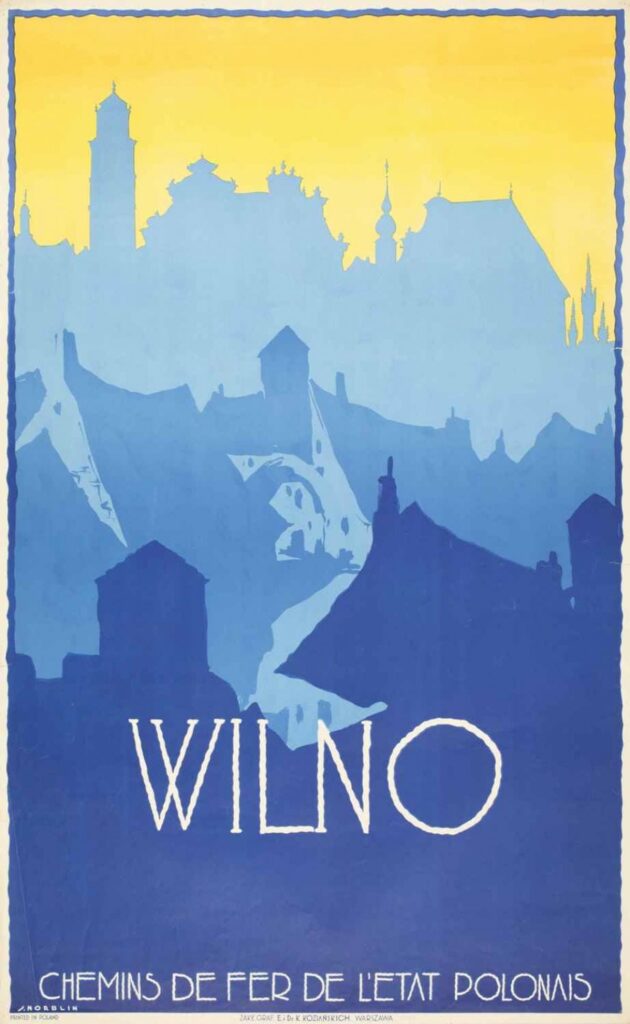
Plakat Stefana Norblina, przed 1939
STEFAN NORBLIN. GRAPHIC DESIGNER, DESIGNER, ILLUSTRATOR.
Exhibition at Hotel “Hutnik”
Ks. Prymasa Wyszyńskiego 12 Street, Stalowa Wola
March 11 – April 14, 2013
Available only by prior telephone reservation at 15/844 85 56 ext. 15
As of March 8, 2013, the room, previously known as the Palm House (located in the Hutnik Hotel), was named after the artist Stefan Norblin. The versatile artist was rediscovered by the Stalowa Wola museum in 2011. He created mainly in the art déco trend, before 1939 in Poland, then in India and the USA.
A room in the Hutnik Guest House, which is considered a good example of modernist, functional architecture of the interwar years, was chosen for the Stefan Norblin Room not by accident. Stylish art-deco furniture, accessories and display cases will therefore refer back to the style that marked the taste of the 1920s and 1930s.
The exhibition presents selected examples of posters and applied graphics (illustrations, book and magazine covers) of Stefan Norblin’s pre-war work. This is because the artist created excellent posters at the time – the most famous are tourist posters commissioned by the Ministry of Communications and the Polish State Railways, but also film and advertising posters. The exhibition also includes selected book and magazine cover designs, illustrations or caricatures. Stefan Norblin was mainly a painter, but he developed his own style of graphics and design. Far from being avant-garde, he tackled his designs in a painterly manner, but gave them a peculiar and unique style, which gently moved from under the Art Nouveau line into elegant art déco. The signaling of this rich graphic work will place Norblin in the canon of the best graphic artists of the interwar years.
Stefan Norblin (1892-1952), painter, portraitist of the pre-war elite, moreover, graphic artist, poster designer, illustrator, designer of theater costumes – a versatile artist of the interwar period, active mainly in Warsaw. After 1939, via Romania and Iraq, he and his wife, actress Lena Żelichowska, ended up in India, where between 1941 and 1946 he decorated several residences of the Maharajas, including the huge Umaid Bhawan Palace in Jodhpur. He skillfully combined large wall and canvas paintings in the art déco style with Indian mythology, portrayed rulers and designed interiors – thus leaving the largest collection of Polish art in Asia. In 1946, he and his wife and son arrived in San Francisco. The artist continued to paint, mainly portraits of well-known Americans and the Polish community, until his tragic death in 1952.